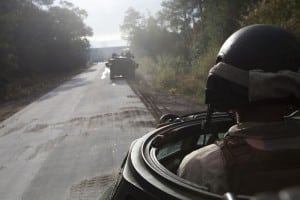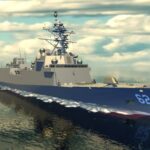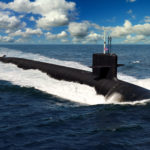
MARINE CORPS BASE QUANTICO, Va.--The Marine Corps has enshrined open architecture in its master technology investment plan as a means to rapidly upgrade communications technology as new equipment emerges.Listed in the 2017 Advanced Technology Investment Plan, a 200-page guide to the Marine Corps’ technology development efforts and needs, is “open plug-and-play communication architecture” that will provide vehicles “the capability to add a new communication, sensor and data component to a system and have it integrate seamlessly without changing architecture or…

 By
By 











